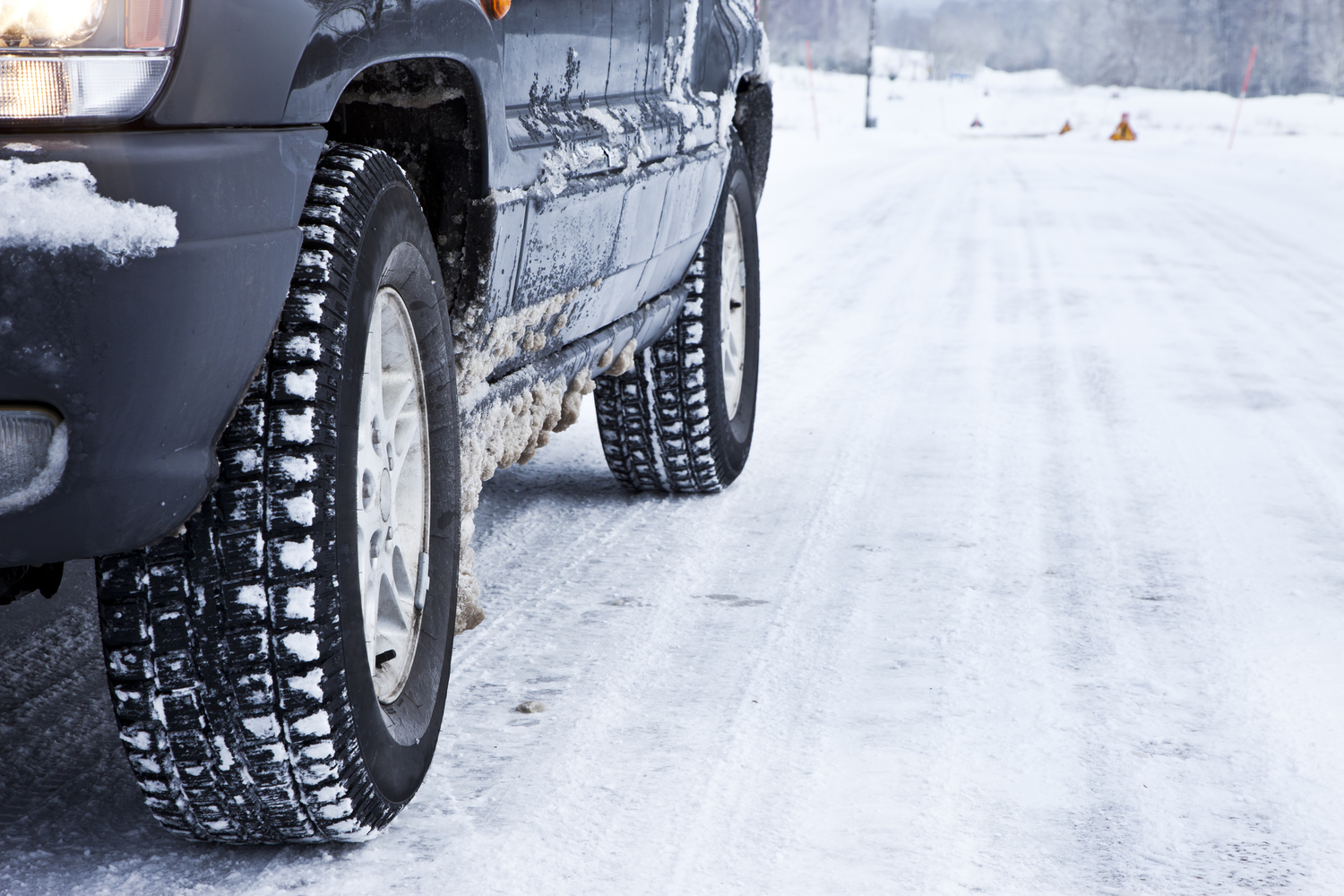
6 Tire Tips for Driving Safely in the Winter
Everything about snow is thrilling except getting ourselves into driving through a pile of it. Driving on snow-laden roads can be very challenging, even if it means driving to and from work. To prevent yourself and your family from any accident, pay close attention to your car’s tires before the ambient season starts. Read on for some tips on tire safety during winters. The below list compiles information that will have you prepared well before winter kicks in.
1. Invest in snow tires
A set of four winter tires could make a significant difference in handling the vehicle in temperatures below 45° F. Designed specifically for winters, snow tires are made of softer rubber, have deeper thread and more biting edges that maintain good traction, and offer the comfort of having good control over your vehicle. Also, it makes for a cost-effective option since your other tires won’t wear out soon, and the winter tires would also last as long as three to four seasons. Ensure you change the winter tires as soon as the weather changes because they won’t perform as well on dry roads:
2. Don’t forget the wheels
When you change the tires, also remember to change the wheels for your winter tire set as having its dedicated wheels can end up in you saving money on changeover costs and the everyday wear and tear from snow, hard ice, and salt.
3. Pressure is key
During winters, the tire PSI is recommended to be 3-5 higher than the pressure your car is used to maintaining during summers. A tire filled with optimal pressure can significantly improve the performance with good traction, increasing fuel mileage, and the tire’s life. To know the ideal pressure, refer to the vehicle manufacturer specifications, and a monthly pressure check is recommended.
4. Watch out for tread depth
A minimum depth of 2/32 inches deep throughout the tire circumference is the winter requirement. And we emphasize on the depth being even through the whole tire because otherwise, it can cause damage.
5. Tire chains are recommended in severe snow
When traveling to a place with intense snowfall, tire chains make for the best option, and in fact, many places demand tire chains. Chains should fit your tire perfectly when you try to install it and may need re-tightening after a 15 feet drive. Follow the recommended speed by the chain manufacturer and altogether avoid using them on clear roads. When purchasing one for this season, look for chains with SEA class “S” that ideally get through the car’s suspension, struts, brake lines, and braces.
6. Precautions are equally important
Along with these tire tips, it’s essential to consciously maintain enough distance from the car ahead to prevent mishaps from last-minute breaks. You may want to be in control of the vehicle when in motion, but it’s also important to start smoothly.


